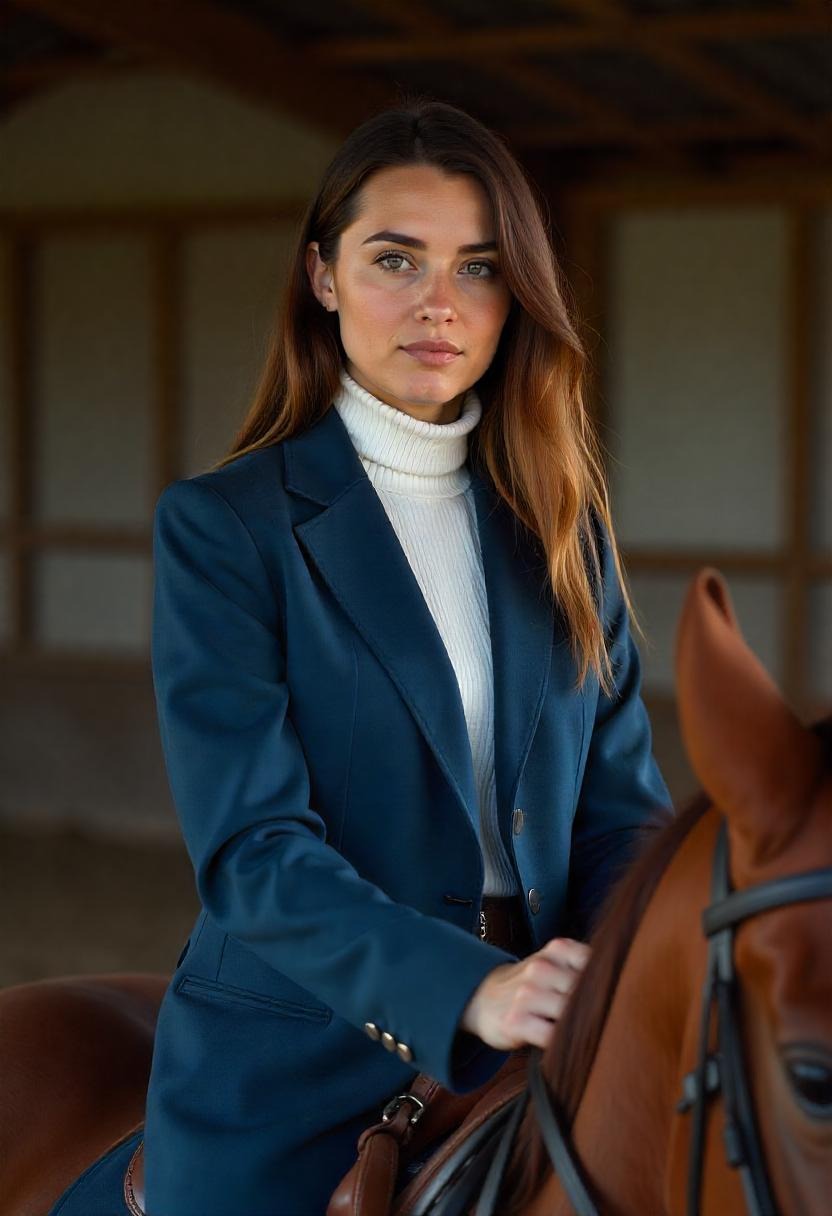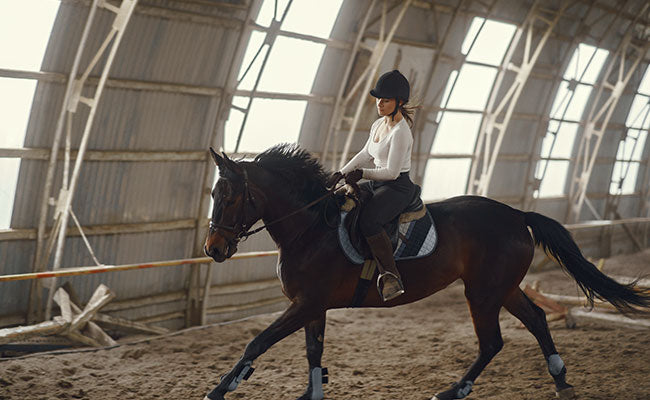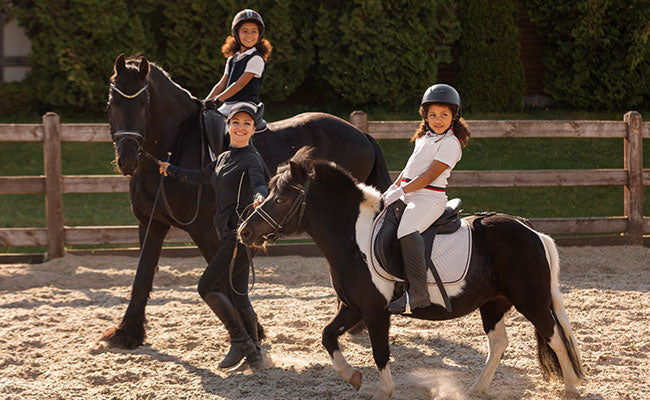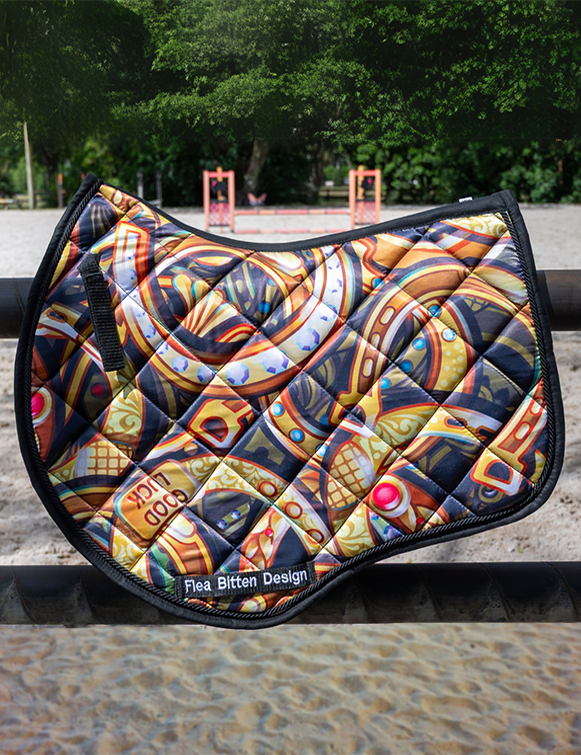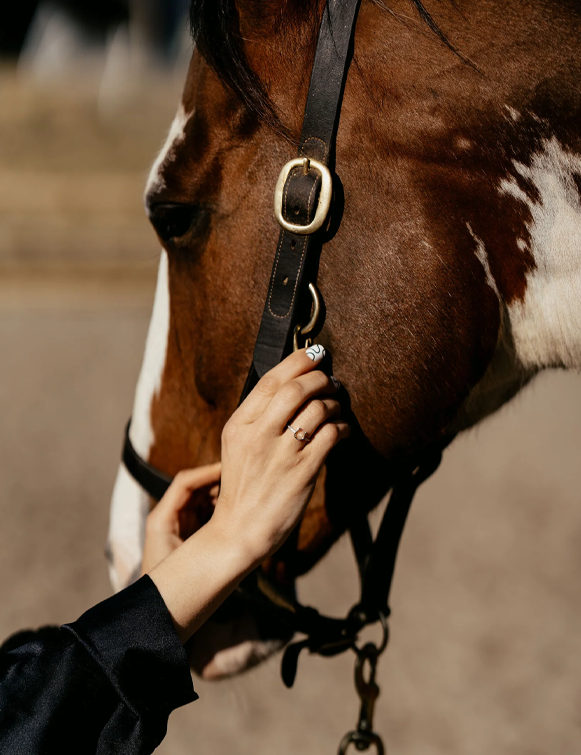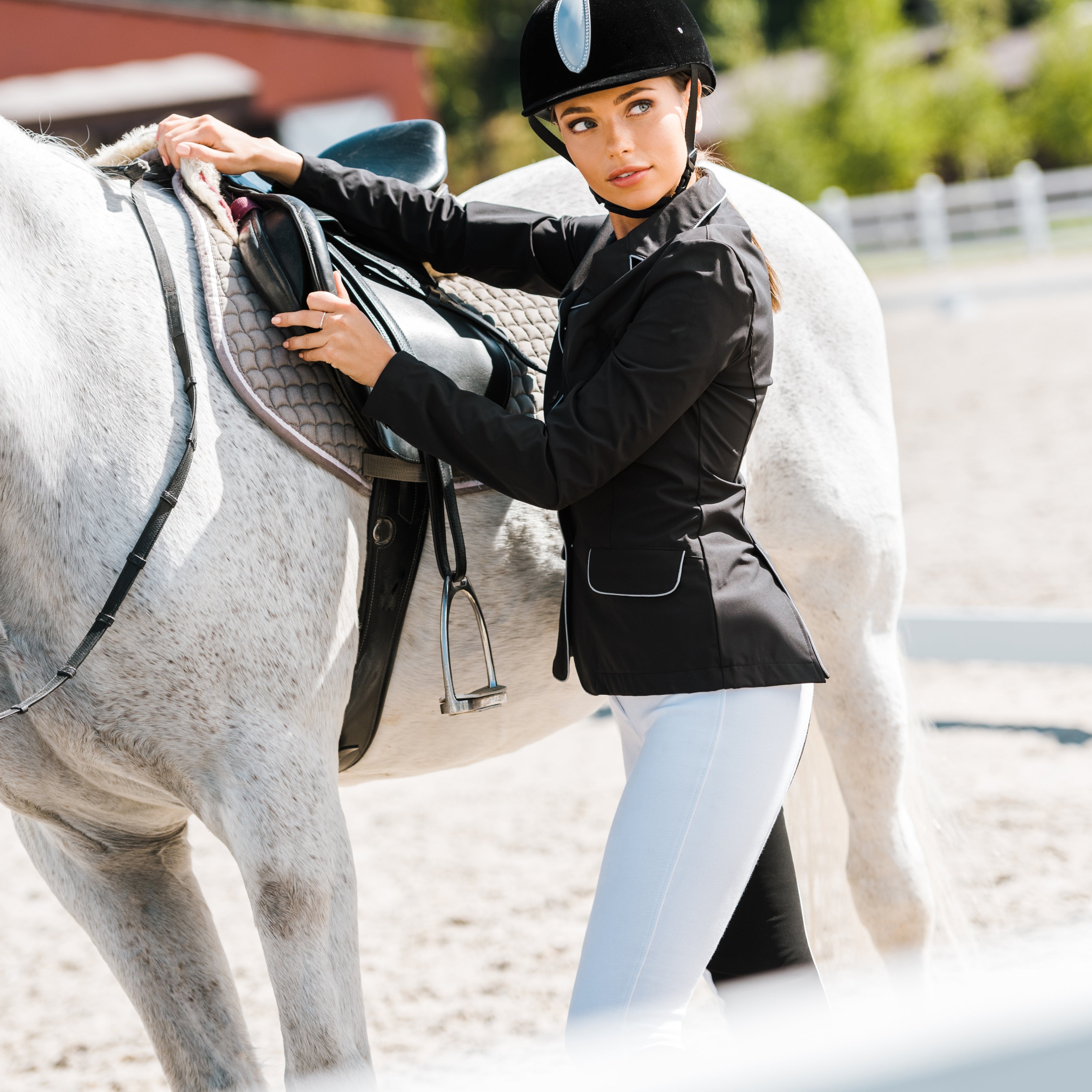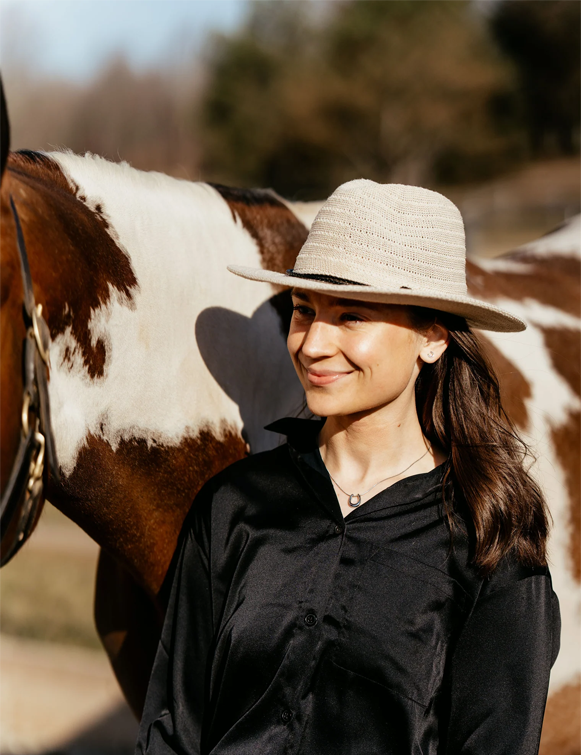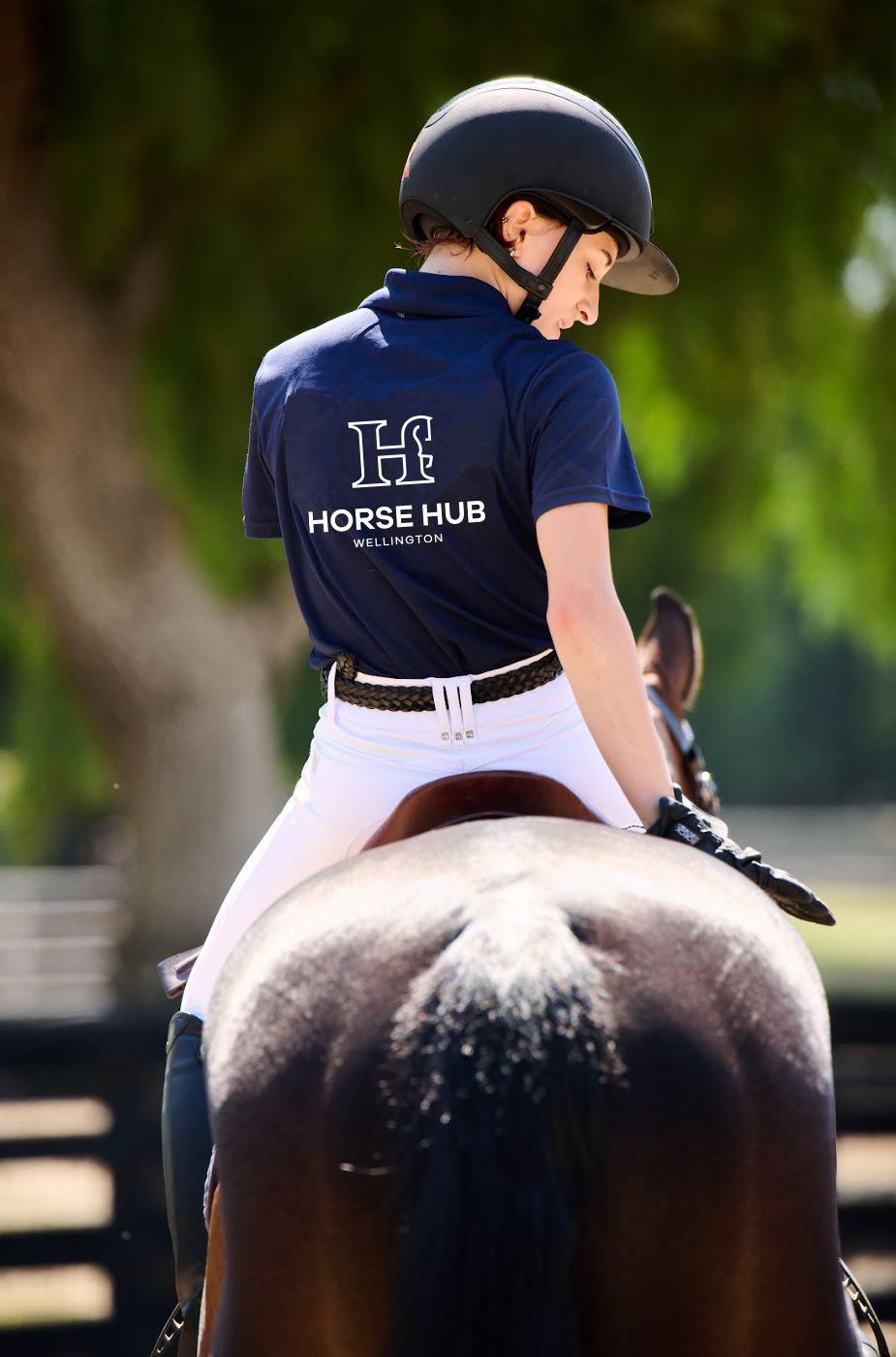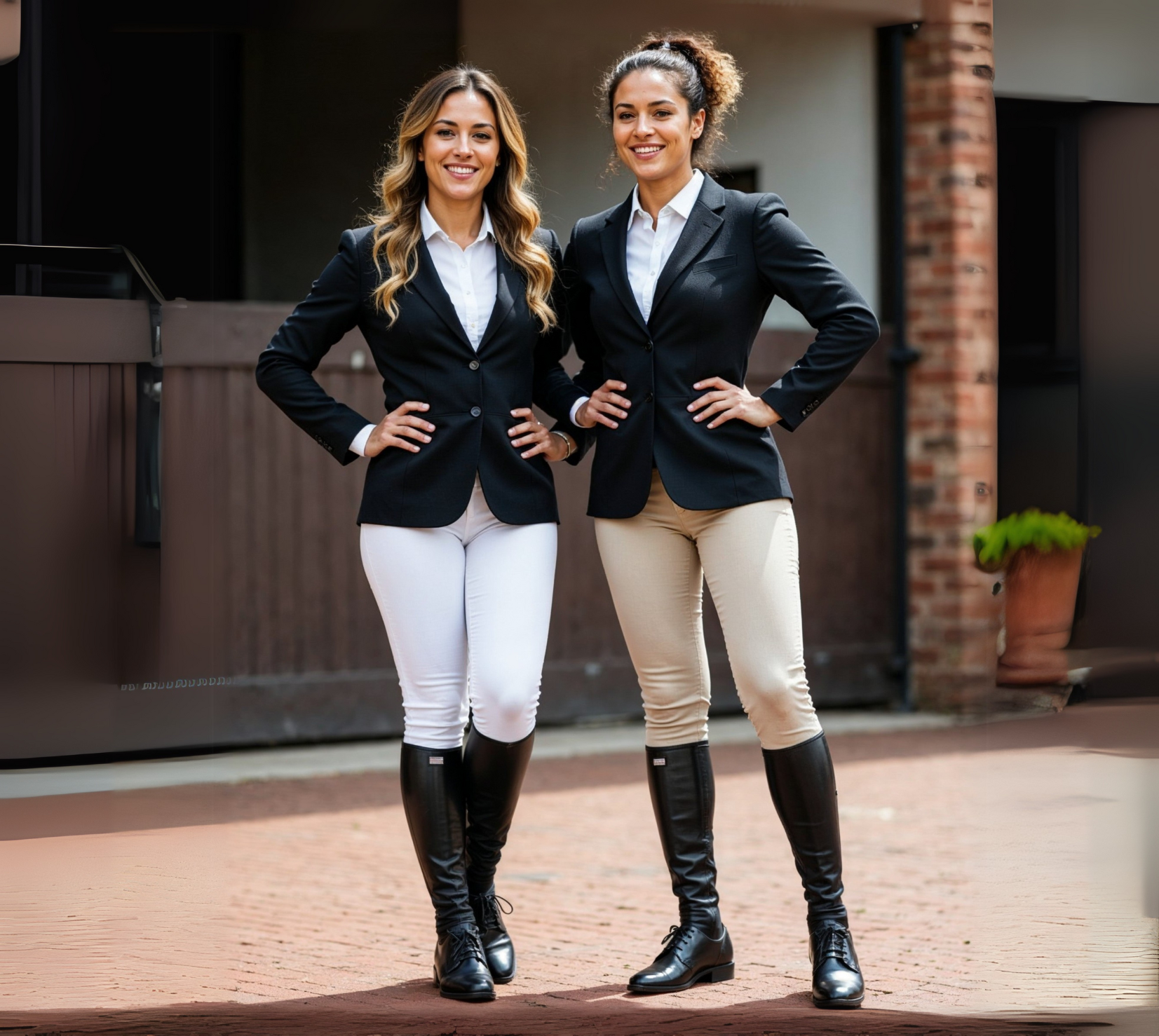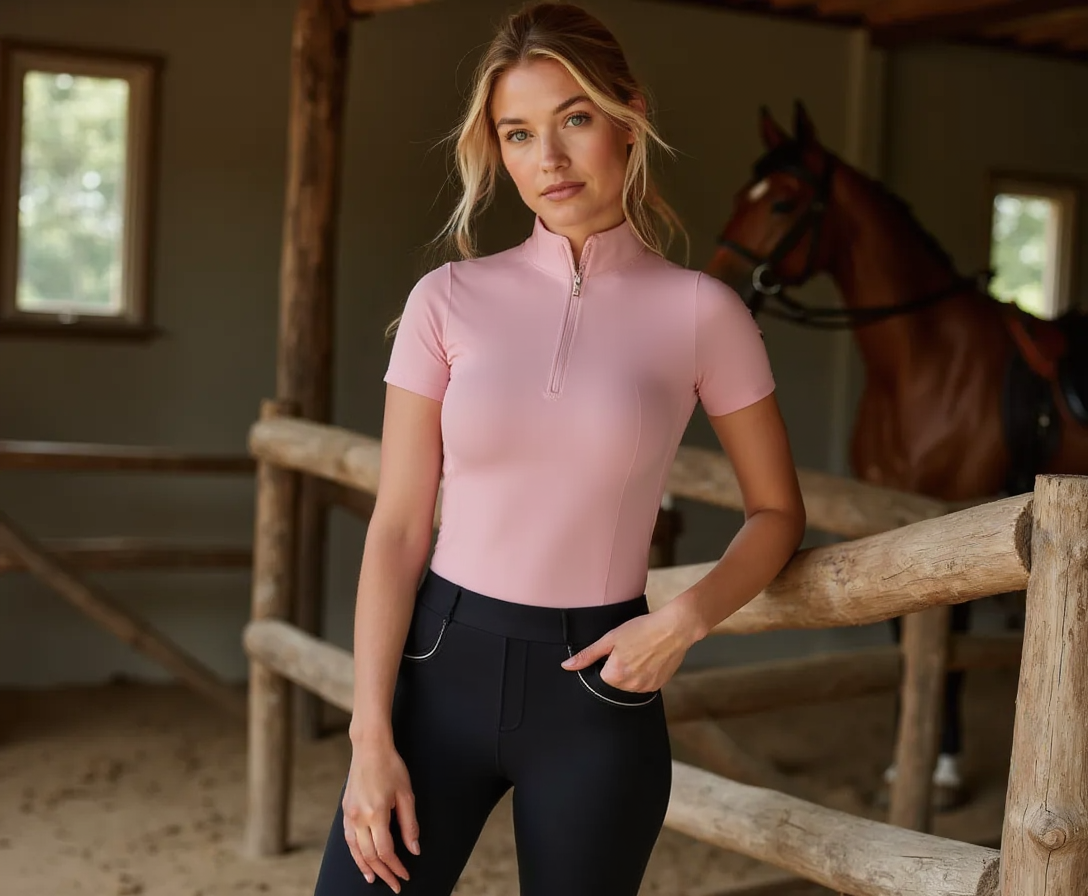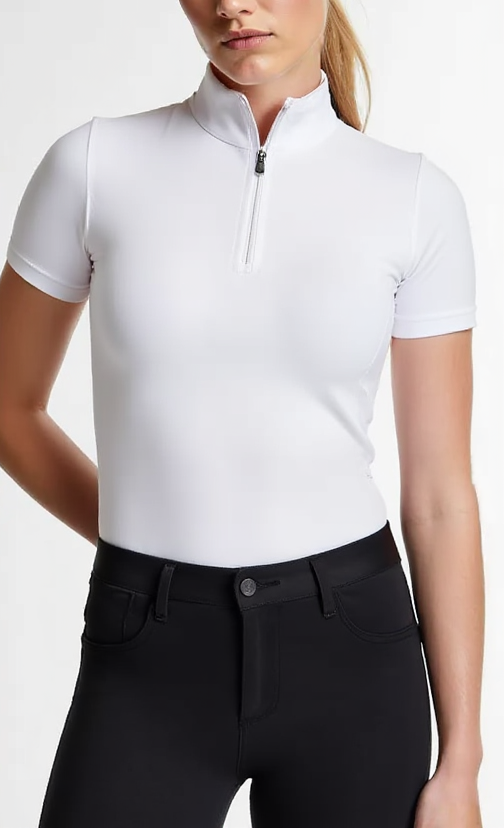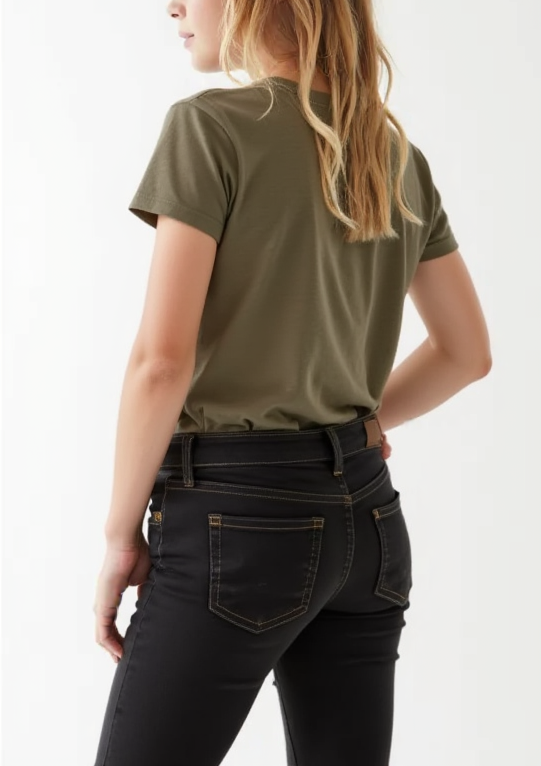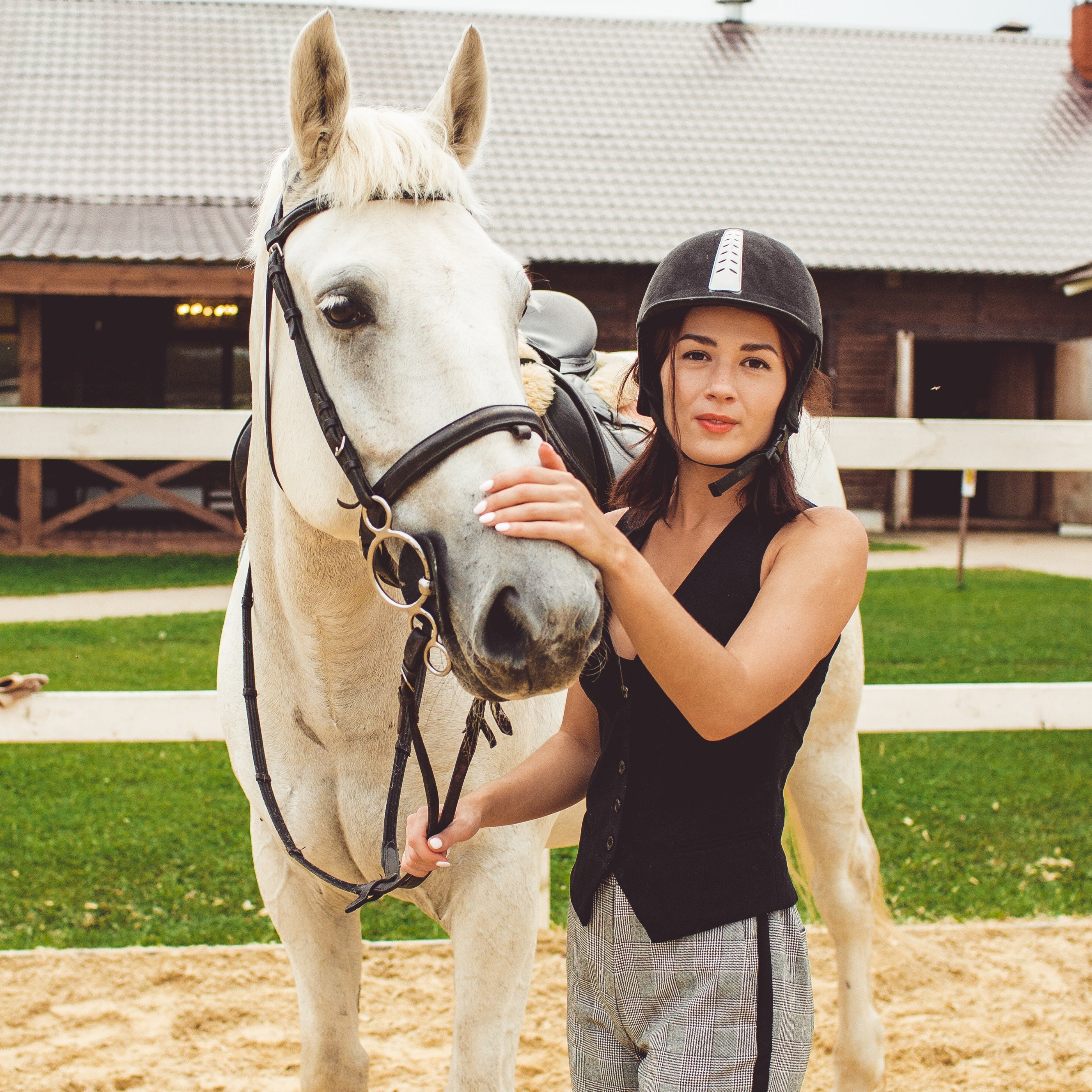
The Rise of Women in Equestrian Sport
Equestrian sport holds a unique and powerful place in the world of athletics — it is one of the very few elite-level competitions where women and men compete side by side, judged not by gender, but by their grace, discipline, and the depth of their connection with the horse. In a sporting world often divided by physical advantage and tradition, equestrianism stands as a rare arena of true equality. Yet, this level playing field is a relatively modern development — hard-earned by generations of women who pushed past societal norms, restrictive roles, and invisible barriers to ride with strength, purpose, and pride.
The rise of women in equestrianism is not simply a tale of inclusion — it is a story of resilience, quiet rebellion, and unwavering passion. From the early days of restrictive sidesaddle traditions to today’s Olympic triumphs and global championships, women have not just entered the sport — they have transformed it, leaving a legacy of elegance fused with unshakable determination.
At My Horse Hub, we are deeply inspired by this journey. Our collections are crafted not just with timeless equestrian beauty in mind, but with a deep respect for the spirit of the women who ride — whether they command royal riding halls, lead on world stages, or find solace in the quiet rhythm of a country trail. We celebrate the rider who leads with confidence, rides with courage, and carries forward a legacy of grace redefined.

A Historical Glance: From Sidesaddle to Showgrounds
For centuries, the image of a woman on horseback was carefully curated to reflect elegance, modesty, and control — not of the horse, but of her own appearance. The sidesaddle, once a symbol of femininity and refinement, was more a reflection of societal constraint than functional horsemanship. Women were expected to sit gracefully, legs draped to one side, more as passengers than riders, more as decoration than athletes. It wasn’t about performance or power — it was about propriety.
During this time, horsemanship remained largely a masculine domain. Men trained war horses, competed in tournaments, and developed riding schools and disciplines, while women’s participation was confined to exhibitions of elegance, their skill often underestimated or dismissed. The idea of a woman galloping, jumping, or commanding a horse in public was viewed as unseemly, even rebellious.
But rebellion, as history has shown, often starts in quiet places — and in the early 20th century, women began to redefine the narrative. As social norms began to shift and movements for women’s rights gained momentum, female riders started claiming space in arenas once closed to them. They exchanged skirts for breeches, sidesaddles for astride riding, and spectacle for sport.
One early pioneer was Lillian Elizabeth “Betty” Skelton, a bold and gifted rider who broke barriers in the 1940s, becoming one of the first women in North America to compete at a high level in equestrian events. Her fearless pursuit of excellence challenged the status quo and set a precedent for future generations of women determined to ride on their own terms.
As the 20th century progressed, women began making their mark in dressage, show jumping, and eventing — not just participating, but excelling. Their presence brought new energy, grace, and emotional intelligence to the sport, reshaping not only how it was performed, but how it was perceived.
Today, the legacy of those early changemakers is felt every time a young girl trots into her first competition ring, confident and proud. And at My Horse Hub, we honor that legacy — not just in the gear we design, but in the spirit of every woman who refuses to be sidelined.
Olympic Breakthroughs: Equality in the Arena
The world of equestrian sport changed forever in 1952, when the Olympic Games officially welcomed female riders into competition. After centuries of exclusion and societal barriers, women were no longer confined to the sidelines or to ceremonial roles. They were finally recognized as athletes — capable, competitive, and deserving of a place on the world’s grandest stage.
That same year, the world witnessed a defining moment in sports history. Lis Hartel, a Danish dressage rider, defied the odds and defied expectations. Despite being partially paralyzed from polio, she trained relentlessly, not only regaining control of her body but mastering a sport that demands ultimate precision and harmony. Hartel rode to a silver medal in dressage, becoming the first woman to medal in Olympic equestrian competition — and doing so with extraordinary courage and grace.
Her success was more than personal victory. It shattered long-held myths about gender limitations, proving that equestrianism measures partnership and perseverance, not brute strength. Hartel’s ride became a symbol of both gender equality and human resilience, echoing far beyond the arena.
Since that historic moment, women have ascended to the top of international competition, becoming dominant forces in disciplines like dressage, show jumping, and eventing. Today’s champions not only ride for medals — they ride for the generations of women who made their victories possible.
Among the modern icons:
-
Charlotte Dujardin (UK) – A global phenomenon in dressage, Charlotte is a multiple Olympic gold medalist, world record holder, and the embodiment of technical mastery fused with artistry. Her partnership with Valegro captivated audiences and redefined the possibilities of equestrian sport.
-
Beezie Madden (USA) – A living legend in show jumping, Beezie has consistently led American teams to international glory. Known for her skill, strategy, and sportsmanship, she is one of the most decorated and respected riders in the world.
-
Ingrid Klimke (Germany) – Carrying the torch passed down by her father, Olympic gold medalist Reiner Klimke, Ingrid has become a formidable force in both eventing and dressage. Her holistic approach to training and her grace under pressure have made her an inspiration to riders worldwide.
These women — and countless others — have proven that excellence in the saddle is not defined by gender, but by dedication, empathy, and an unbreakable bond with the horse.

Why Equestrianism Empowers Women
In a sporting landscape often defined by physical strength or separated by gendered divisions, equestrianism stands apart. It is not a sport of dominance, but of dialogue — a deeply nuanced partnership between horse and rider, built on communication, trust, and mutual respect. It’s here, in this unique and balanced dynamic, that women find a rare and powerful space to excel, lead, and transform.
Unlike many athletic pursuits where sheer power can outweigh finesse, equestrian sport rewards emotional intelligence, subtlety, precision, and patience — qualities often nurtured in female riders from a young age. Strength in equestrianism is not about overpowering the horse, but about guiding it with clarity, confidence, and compassion. It is an arena where leadership is earned not through volume, but through presence.
This leveling of the playing field doesn’t just allow women to participate — it allows them to thrive.
It fosters:
-
Confidence – Guiding a 1,200-pound animal through a complex pattern or over a towering fence teaches riders to trust their instincts and their voice. Every success in the saddle reinforces a woman’s belief in her capability, courage, and competence.
-
Resilience – Progress in equestrian sport is rarely linear. Riders face falls, failures, setbacks, and the humbling reality that no two rides are ever the same. These challenges don’t weaken — they strengthen. They teach perseverance, grit, and the art of getting back in the saddle — quite literally and figuratively.
-
Grace Under Pressure – Whether it’s performing in front of judges at a Grand Prix or navigating a spirited young horse on a windy day, riders learn to remain calm, focused, and composed — developing the kind of poise that carries into every facet of life.
-
A Voice and a Presence – Today, women are not only filling the ranks of riders, but rising as trainers, coaches, judges, business owners, designers, and industry thought-leaders. They’re shaping the future of the equestrian world with innovation, integrity, and a commitment to inclusivity.
From little girls leading ponies with braids in their hair to seasoned professionals representing their nations on the global stage, equestrianism is a sport that raises women up — not by excluding men, but by redefining success in a way that includes everyone. It rewards the powerful blend of strength and sensitivity that women so often bring to the saddle.
My Horse Hub: Celebrating Women in the Saddle
At My Horse Hub, we’re proud to support women who embody the elegance and tenacity of equestrian tradition. Our collections are crafted for female riders who lead with poise and ride with power, blending performance, comfort, and luxury in every piece.
We believe the rise of women in equestrian sport is more than a moment — it’s a movement. One that continues to redefine not only the sport, but how we see leadership, beauty, and strength in the world of horses.
